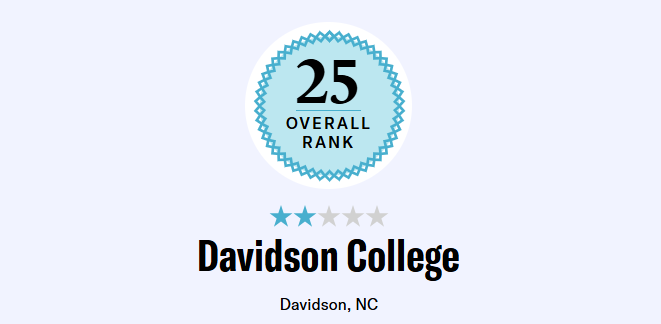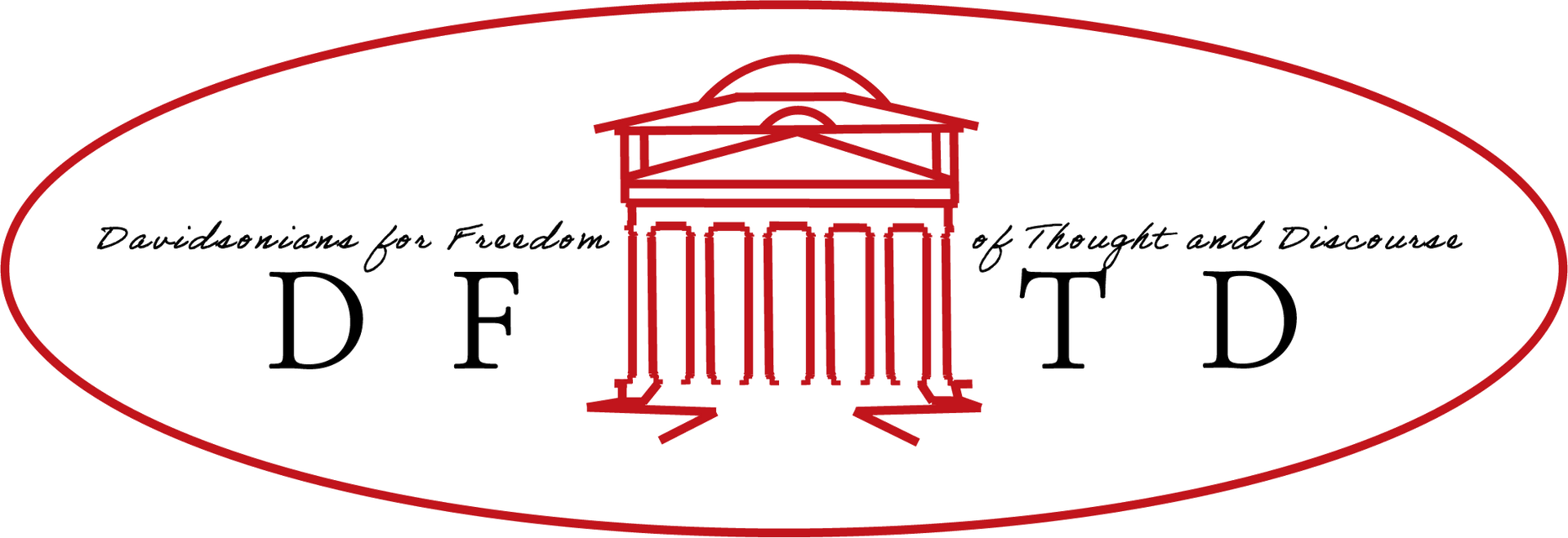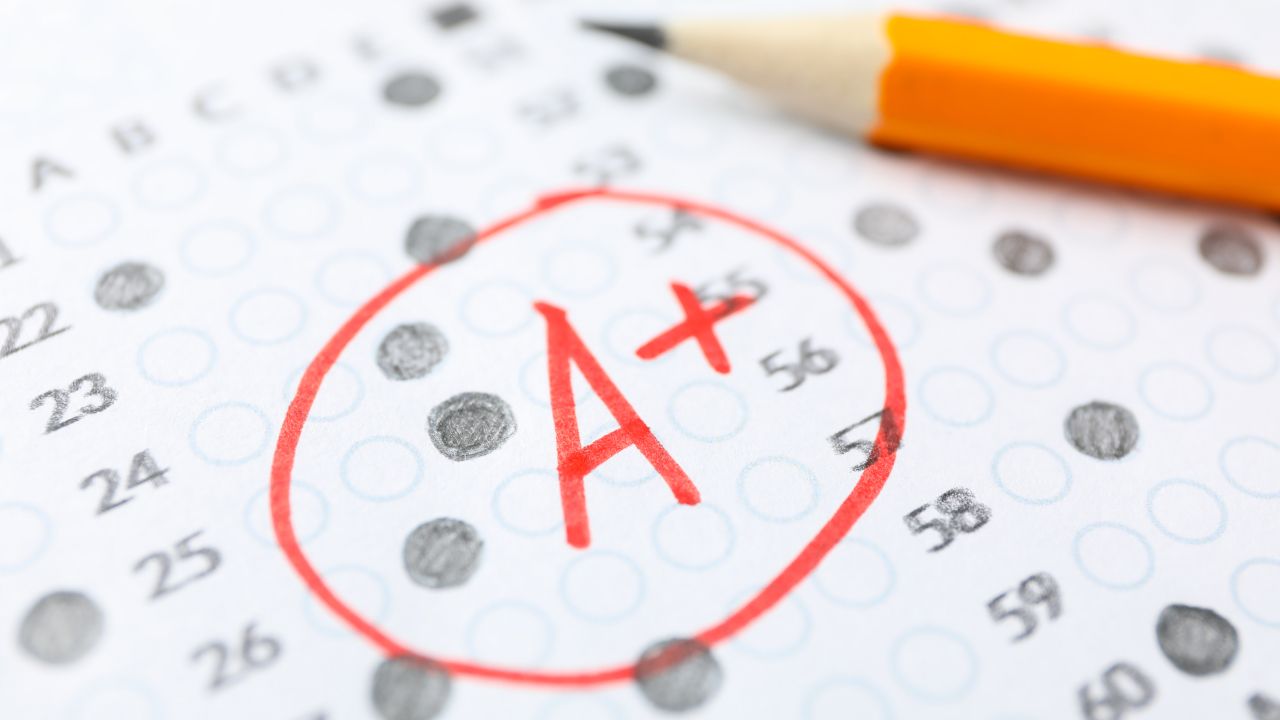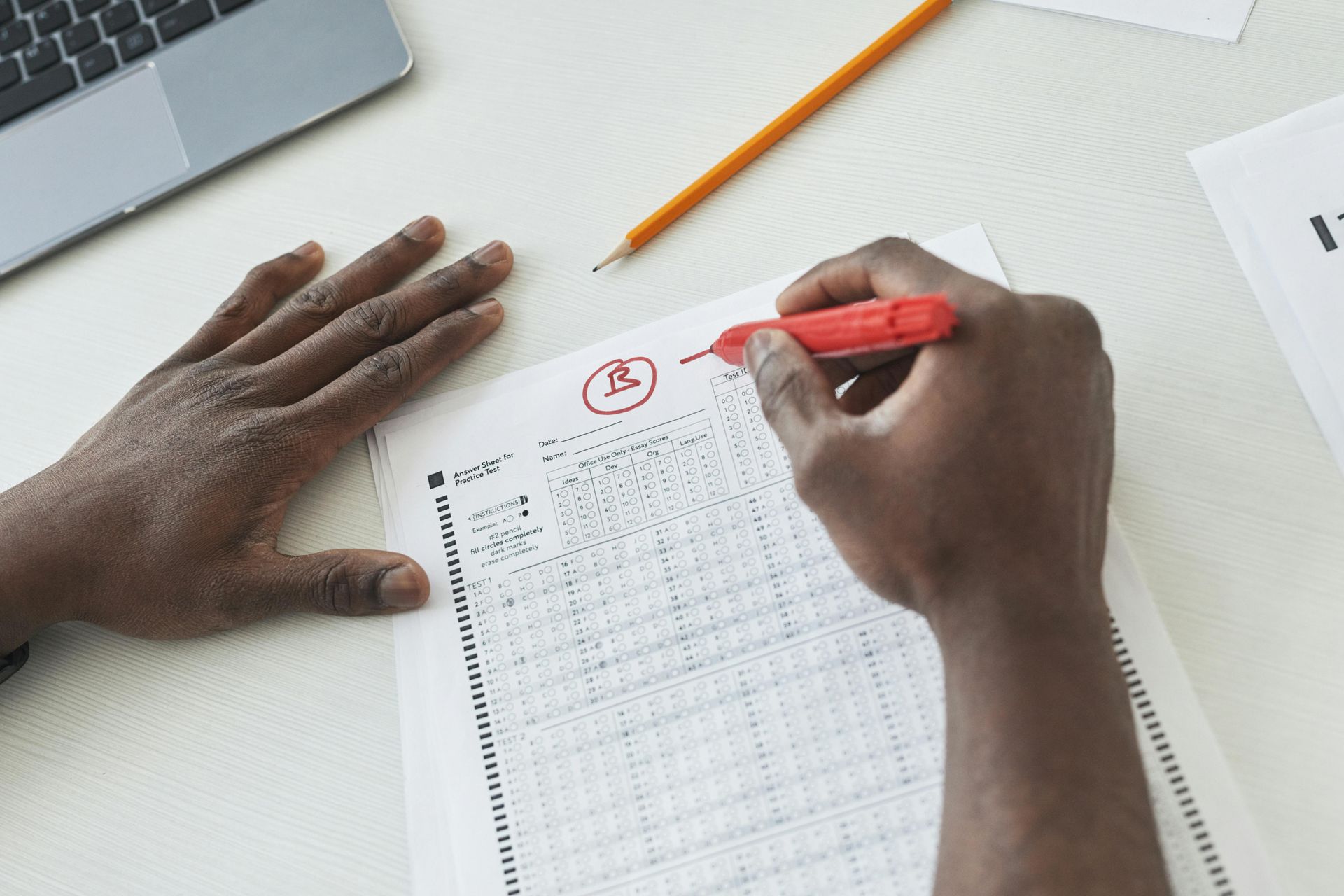How I Liberated My College Classroom
By John Rose
Wall Street Journal
Mon, 06/21/2021 - 12:00 pm
How I Liberated My College Classroom
I created a special seminar to discuss controversial issues freely, and the results were eye-opening.
The conservative critique of American higher education is well known to Journal readers: The universities are run by intolerant progressives. The left counters with an insult: The lack of intellectually respectable conservative arguments is responsible for campus political uniformity. Perhaps a better starting point in this debate is the students, most of whom actually want freer discourse on campus. They want to be challenged by views they don’t hold.
This, at least, has been my recurring experience with undergraduates at Duke University, where I teach classes called “Political Polarization” and “Conservatism” that require my students to engage with all sides of today’s hottest political issues.
True engagement, though, requires honesty. In an anonymous survey of my 110 students this spring, 68% told me they self-censor on certain political topics even around good friends. That includes self-described conservative students, but also half of the liberals. “As a Duke student, it is difficult to be both a liberal and a Zionist,” one wrote. Another remarked, “Although I support most BLM ideas, I do not feel that I can have any conversation that even slightly criticizes the movement.”
To get students to stop self-censoring, a few agreed-on classroom principles are necessary. On the first day, I tell students that no one will be canceled, meaning no social or professional penalties for students resulting from things they say inside the class. If you believe in policing your fellow students, I say, you’re in the wrong room. I insist that goodwill should always be assumed, and that all opinions can be voiced, provided they are offered in the spirit of humility and charity. I give students a chance to talk about the fact that they can no longer talk. I let them share their anxieties about being socially or professionally penalized for dissenting. What students discover is that they are not alone in their misgivings.
Having now run the experiment with 300 undergraduates, I no longer wonder what would happen if students felt safe enough to come out of their shells. They flourish. In one class, my students had a serious but respectful discussion of critical race theory. Some thought it harmfully implied that blacks can’t get ahead on their own. Others pushed back.
My students had an honest conversation about race, but only because they had earned each other’s trust by making themselves vulnerable. On a different day, they spoke up for all positions on abortion. When a liberal student mentioned this to a friend outside class, she was met with disbelief: “Let me get this straight, real Duke students in an actual class were discussing abortion and some of them actually admitted to being pro-life?” For my student’s part, she was no longer shocked the conversation had taken place, nor scandalized at the views of her classmates.
Not long after Jan. 6, I asked my students how many of them had a family member or friend who voted for Donald Trump. In a class of 56, 50 hands went up. I then asked them to keep their hands up if they thought this person’s vote was motivated by anything unsavory—say, sexism or racism. Every hand but two went down.
Despite our masks, I could see that students were surprised. Turns out, their Trump-supporting cousin wasn’t the exception. When you actually know others, they aren’t an abstraction onto which you can project your own political narratives. The same is true in the classroom.
On the last day of class this term, several of my students thanked their counterparts for the gift of civil disagreement. Students told me of unlikely new friendships made. Some existing friendships, previously strained by political differences, were mended. All of this should give hope to those worried that polarization has made dialogue impossible in the classroom. Not only is it possible, it’s what students pine for.
Progressives, the power to make this a widespread reality on campus is in your hands; in so doing, you’ll remain true to your own tradition of liberalism. Conservatives, don’t write off the modern university; in continuing to support it, you’ll uphold your own tradition’s commitment to passing down wisdom.
Both sides should support efforts within universities that promote civil discourse. We’ll all be happier about the state of the country if we do. After all, as they say, what starts on campus doesn’t stay on campus.
Mr. Rose is associate director of the Arete Initiative at Duke University’s Kenan Institute for Ethics.



